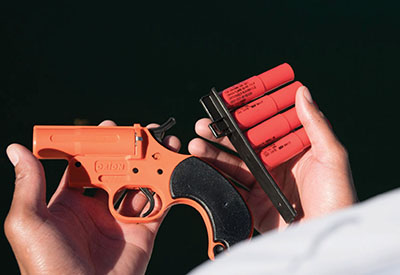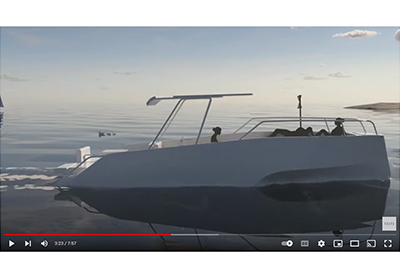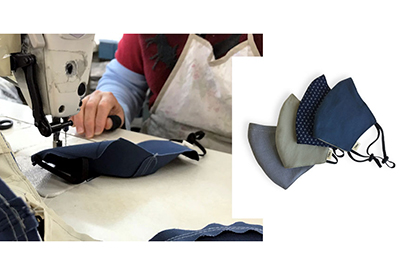How to Call for Help in a Boating Emergency

May 24, 2016
Your boat is in danger, a passenger has fallen overboard, or you’re stranded on open water. How do you get help? Minutes matter. Make sure you know what do before you face a boating emergency. It could make the difference between life and death.
The most effective and reliable way to issue a distress alert is with a marine VHF radio. Keep your radio tuned to channel 16 and know your location at all times.
If you are in grave and imminent danger, use channel 16 to contact the Coast Guard and repeat MAYDAY three times. Then give the name and position of your vessel, the nature of your emergency, and the type of assistance you need.
If you need help but you are not in immediate danger, use channel 16 and repeat PAN PAN three times. Then give the name and position of your vessel, the nature of your emergency, and the type of assistance you need.
Only use channel 16 for emergency and calling purposes. To continue a conversation with another vessel, change to another channel.
One benefit of VHF radio is that in addition to the Coast Guard, other vessels in the area will also hear your distress call and can come to your aid.
New VHF radios can also issue a digital alert with Digital Selective Calling (DSC) on channel 70. To make a digital call, your radio must have a nine-digit Marine Mobile Service Identity (MMSI), which is assigned free of charge by Industry Canada. DSC service is available on the east and west coasts and in the high Arctic.
Many cell phone providers offer a *16 service, which connects you to the nearest Marine Communications and Traffic Services Centre. Cell phones are not a good substitute for VHF radios because other vessels in the area can’t hear your distress call and rescuers can’t identify your position or follow your signal back to your vessel. A global positioning system is one of the most useful tools in providing accurate information on your position. The use of a cell phone is not an approved method of issuing a distress signal.
Training on the use of a Maritime Radio is recommended and now available from Canadian Power and Sail Squadrons. Upon successful completion of the exam, you will receive your required Recognized Operator Certificate (Maritime). Find a course near you at http://www.boatingcourses.ca/course-descriptions/maritime-radio-0.
For more information on the Global Maritime Distress and Safety System, visit the Office of Boating Safety website or phone toll-free at 1-800-267-6687.
-courtesy of the Canadian Safe Boating Council





























